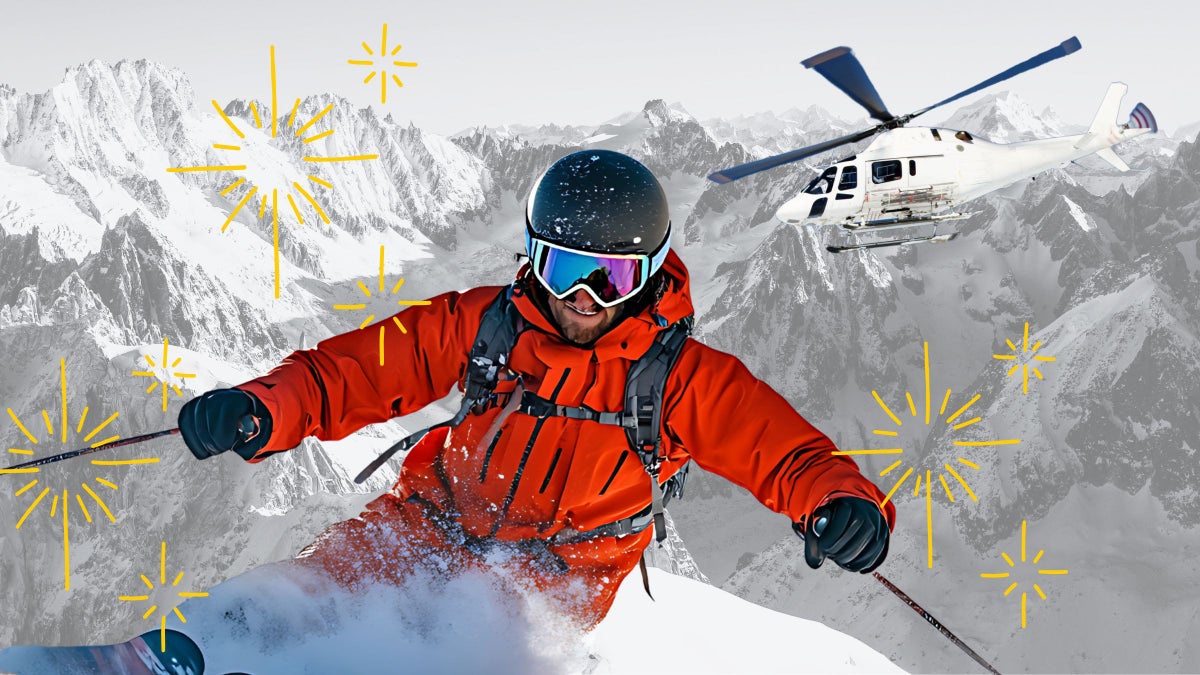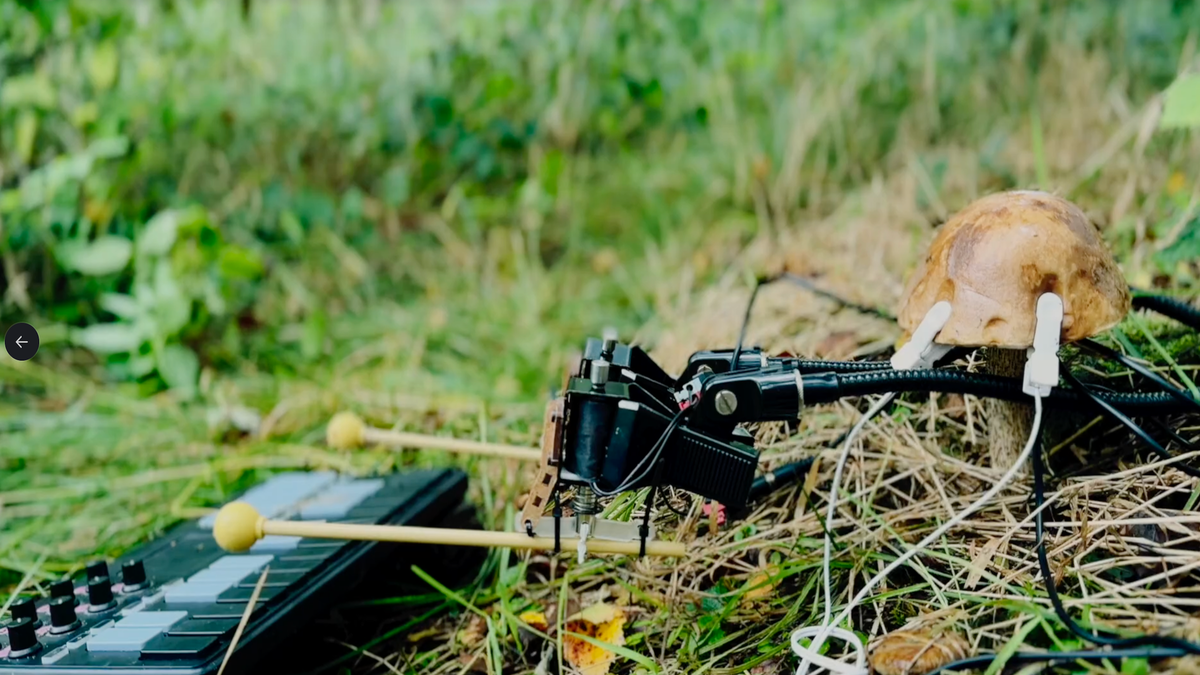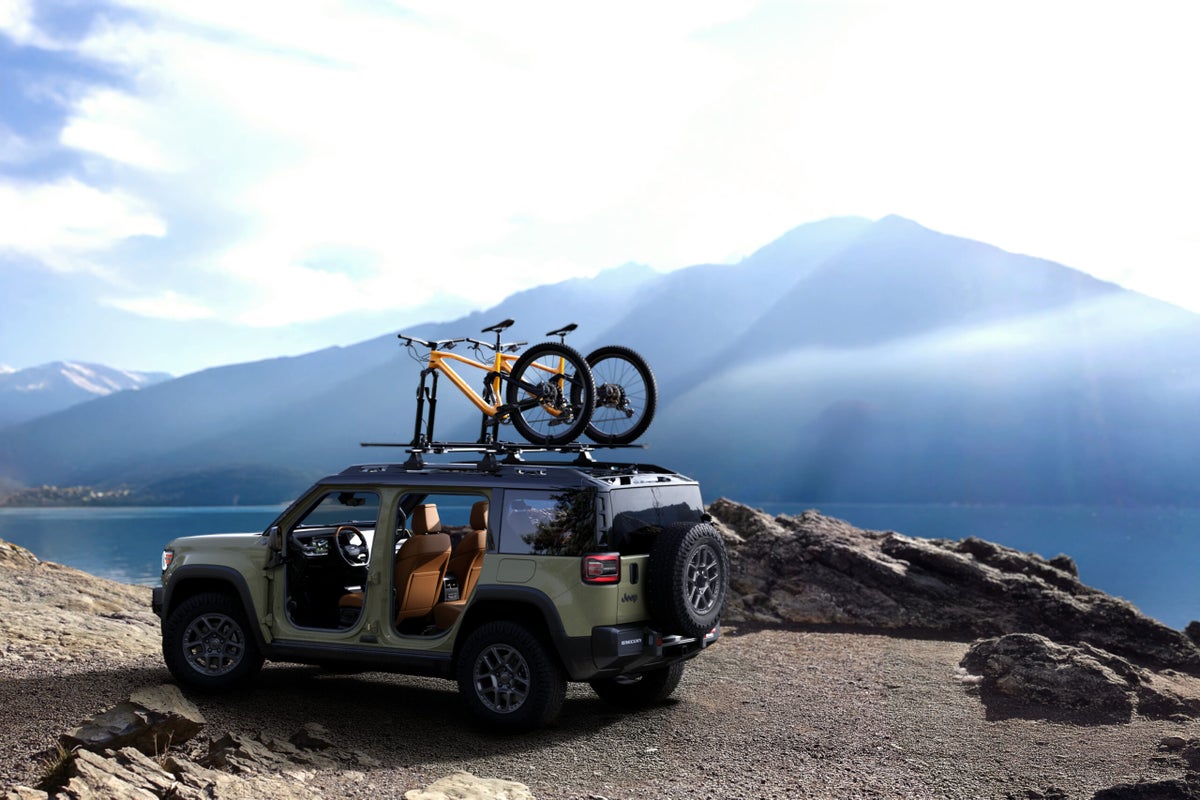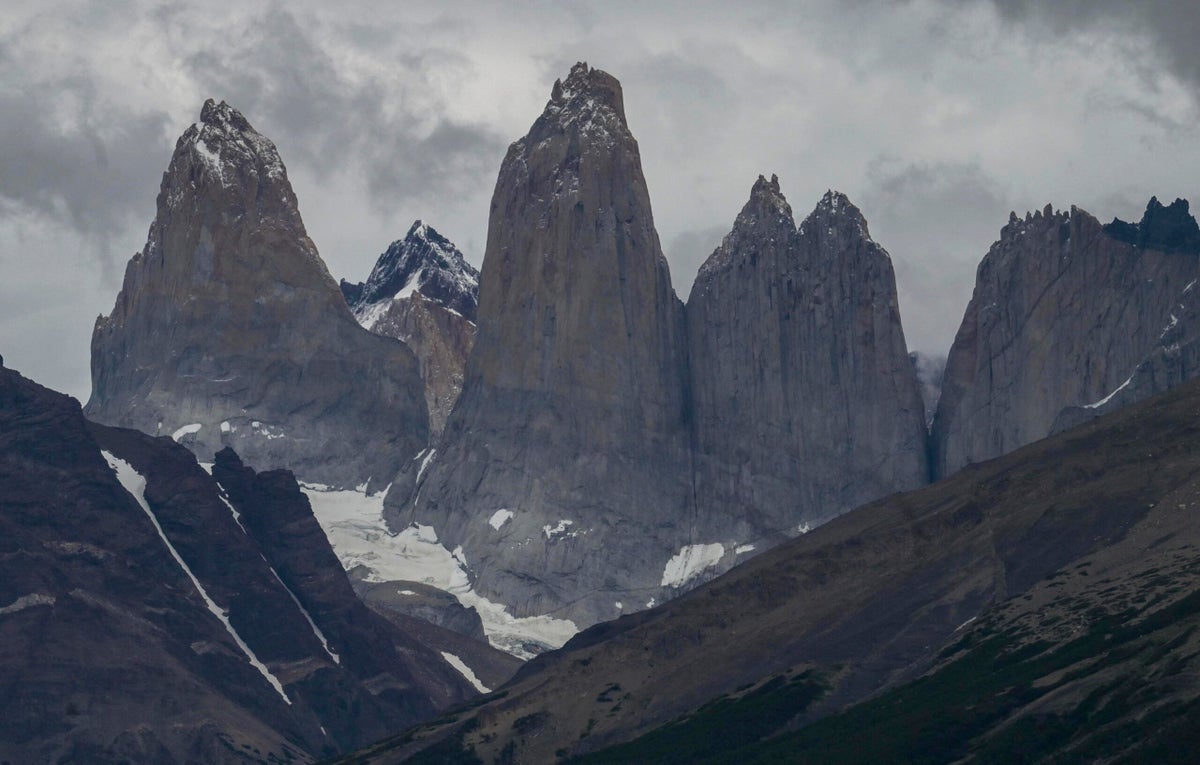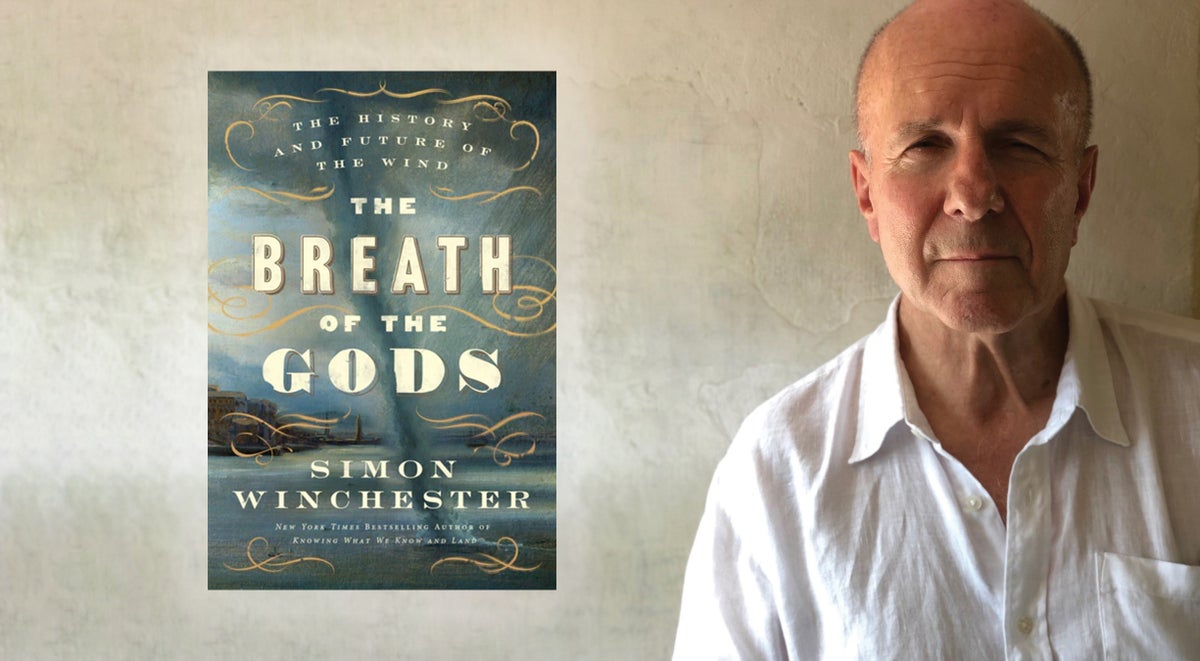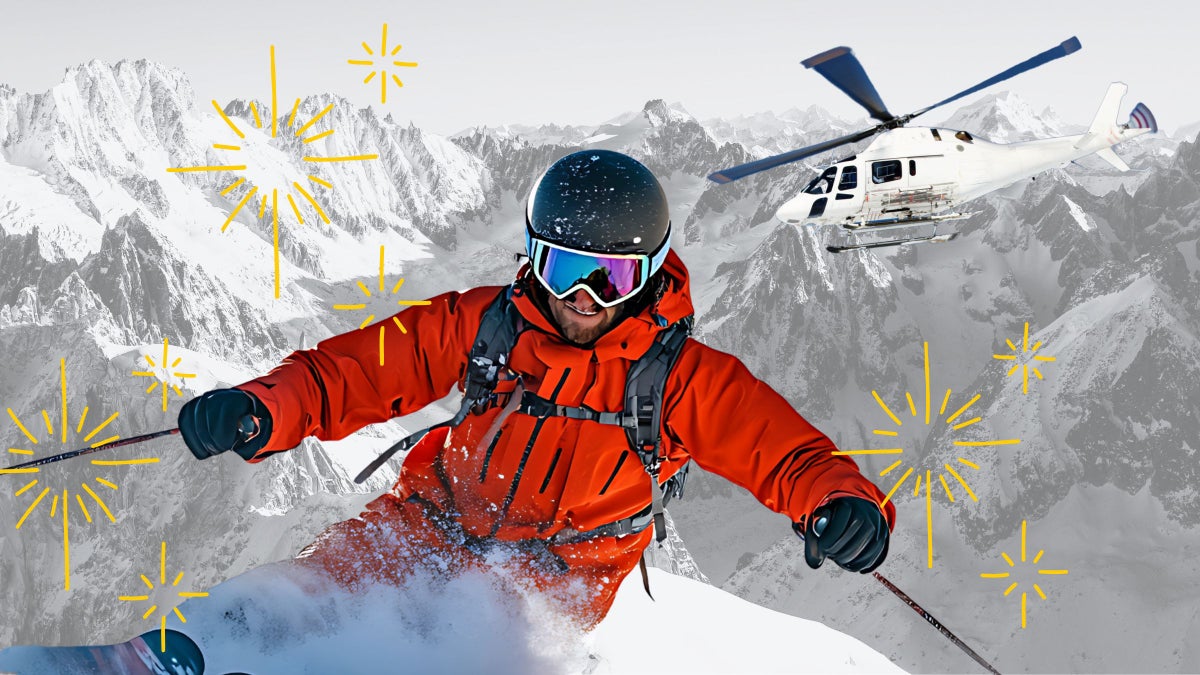
Getting paid to ride helicopters, make first tracks, and ski some of the biggest lines in Alaska might seem like the ultimate ski-bum dream. And when the snow is good and the tips are topping $10,000, it is. But helicopter skiing isn’t all big pow and big payouts. Some clients don’t know how to put their boots on. Others will tear you a new one for suggesting that their dream line is an avalanche waiting to happen. There are blizzards. There are temper tantrums. There are customers who don’t tip. Then, there are the real hazards of the job.
Most pro mountain guides have more than a few stories about near brushes with death. To survive this job, you have to be good—really good. If you make it, the rewards are huge—but so is the toll. Most long-time guides have attended more funerals than they can count.
About 1 in 100 avalanche professionals die on the job. Snow science is infinitely complex, and it takes a lifetime to understand which slopes are stable and which are going to blow. That makes a good heli ski guide worth more than their weight in gold. It also means it’s a hard job to qualify for. The good news is that those who do manage to bag a role say the day-to-day is a dream come true—most of the time.
Here’s what it’s like to take rich people helicopter skiing for a living, as told to Corey Buhay.
The Gig at a Glance
Occupation
Helicopter ski guide
Age
53
Years in the business
25
Salary
$20,000 per season
Is It Possible to Make a Living as a Heli Ski Guide?
The average guide makes $15,000 to $20,000 per season. In Alaska, that could be anywhere from six weeks to two months, depending on the conditions.
On top of that, a lot of outfits will give you commission for bringing in clients—maybe five to ten percent of what the customer pays. Commissions can easily double what you make. So that puts you at $30,000 to $35,000 before tips. All of a sudden, you’re getting close to a living wage. That’s how the big fish in heli skiing make it. They’re part guide, part salesman.
Is Heli Ski Guiding a Hard Job to Get?
It’s a small sliver of the pie. There aren’t a lot of roles. Helicopter skiing is a tiny percent of the guiding jobs out there, and there aren’t many that pay what I’m getting paid. Getting one of those jobs can feel like a miracle. I think everybody would love to have a miracle.
How Do You Make Ends Meet?
When I started out as a mountain guide, I was making maybe $7,000 for a two-month season, and I was still responsible for my own kit and any other expenditures. Basically, you’re making peanuts. Most guides are patching together a year of work by bouncing from operation to operation to build a living. They’re guiding skiing in the winter, maybe some ice, and rock and high-altitude in the summer. That’s the only way to make it work.
The key is persistence. That’s what got me my first job, and that’s what got me the role I have now. These days, I work on the business side of a high-caliber heli ski operation in Alaska. Being willing to take on that level of responsibility has gotten me to a place where I’m making close to $100,000 per year. So I’m lucky. I took a giant fucking gamble in choosing this career when I was young, and it paid off.
What’s the Worst Tip You’ve Ever Gotten?
Tips are a wild beast. You never know what you’re going to get. One time, I was guiding at high altitude and I had a customer with me at 18,000 or 19,000 feet. The wind was blowing, and it was really cold, and he turned to me and said, “I can’t do it.” He needed to put on his puffy pants, but he was at altitude, his brain wasn’t 100 percent, and if he bent over, he was going to fall. So I got down, and I put his pants on for him, and we got him to the summit. Know how much he tipped me? Nothing.
The only thing that was worse than that was the time I took two nurses up the Grand Teton. They gave me $10. I almost gave it back. Instead, I gave it to my co-guide to help cover his gas‚ but, man. It felt insulting. It honestly would have been better if they hadn’t addressed it at all.
What About the Best?
My biggest tip for a week of skiing was $10,000. The guy was pretty wealthy, pretty stoked. And he knew what he was doing—he liked skiing with me, and he wanted to secure a future partnership. It was an investment in the relationship, and it paid off.
You Work in a Dangerous Industry. What’s Your Relationship to Risk Like?
I’m always thinking about the risks we take in the mountains—and the consequences. It’s never not on my mind. I don’t know if there’s ever a point where you’re at peace with what can happen out there. Nobody wants to die in the mountains. Nobody wants to die in an avalanche.
And things do happen. In the last 20 years, I’ve lost one member of an immediate team in the work environment, and outside of that, I can’t even count the number of people I’ve lost. Most of that happens when people are out doing personal objectives, not in the workplace. But still. A friend texted me the other day and said, “I’m sick and tired of talking about all my friends dying.”
But the truth is that the longer you live, the more you’ll be close to that, whether you’re a heli pilot or not. Right now, it’s snowing, and the roads are terrible, and people have forgotten how to drive the way they do every year. The most dangerous thing I’ll do this week isn’t skiing—it’s driving to work.
Just a few days ago, a friend of mine died from cancer at the same age as me. So between that and the roads, I could stay at home, and barely ever leave the house, and I could still die at age 53.
So I don’t stop living my life. I do what I can to reduce the risks as much as humanly possible, both for myself and my clients. I take things a day at a time. I’m constantly checking in with myself and the conditions, and I focus on managing the human element—the ego and the fatigue and where I’m at on a given day. If I don’t feel comfortable with the terrain or the conditions or where my guides are at, we don’t ski, or we ski something else.
At the end of the day, I’m grateful for all the time I’ve spent in the mountains. Some people call it their church. I wouldn’t say it’s all that different. This is where I want to be, and it’s what I’ve chosen for my life. And I’m going to make that last as long as I can.
Do Clients Get Pissy When You Tell Them a Line Is Too Dangerous?
We do get some customers who are extraordinarily pushy with what they want. Many of them are very high-profile people in positions of power. They’re used to making all the calls, and they’re not used to hearing the word no. And they don’t want to hear that they can’t ski the line they want when this is their one week of vacation a year and they just dropped 100 grand.
The trick is knowing how to set expectations and draw boundaries. I’m not upset with clients for asking for the sun. I expect it. But I tell them the only sugarcoating they’re going to see here is on the mountains behind me. That’s where the sugar is. Here, we’re being real. They should expect me to tell them no—because at the end of the day, that’s why they hire me.
Have You Ever Refused a Client?
I’ve definitely fired clients. I had one client who was rude to the wait staff, to the lodge staff, rude to the guides, and rude to his fellow customers. I pulled him out of dinner, and I said, “Sir, we like to have fun here. And you are not fun.” I told him I was going to escort him to the airport that day and that he was not going to ski with us. He was fuckin’ dumbstruck. When he asked what he could do to fix the situation, I told him he needed to apologize to every single person he’d interacted with that day. He did. And in this case, we let him go skiing.
The good news is that most customers have an interest in living. So when I say, “You want to ski that slope? You can do that, but it’ll just be you, and it might be your last ski run ever. So is that what you want to do? Because I won’t be skiing it.” Then they start to get it.
How Do You Handle Big Egos Among Fellow Guides?
When I first started ski guiding 20 years ago, there was a focus on hiring good athletes—not on hiring good team members. So a lot of the guides had these massive egos, and that can get nasty. As a new guide, I got hazed endlessly. Coworkers would tell me I’m the shittiest skier they’d ever seen. Every single day. They would take my cup of coffee that was sitting next to me in the guide meeting and make it theirs. I was willing to put up with all the bullshit because I knew I wanted to do this job.
The good news is that today, things are changing. There’s a lot more focus on hiring based on personality and on qualities that aren’t ego. Because out here, in this terrain, when shit gets real, you want to know someone has your back.
What Keeps You Coming Back?
For most people, this career is not about the money. It’s about the dream. It’s about being in the mountains and doing something almost nobody else can do. It’s not different from any other addiction.
That’s how it starts. But then, over time, it becomes more about the people. As guides, we’re in the business of crafting moments where people feel this amazing emotional and physical connection to their environment that they’ll never forget. And when you’re guiding someone, you experience that, too. I think for almost every guide, that’s why they’re doing it. They’re not just there for the skiing. It has to do with the people and the moments. We don’t forget them, either.
Quotes have been edited for length and clarity, as well as to preserve the source’s anonymity.
The post Basecamp Confidential: I’m a Heli Ski Guide for the 1 Percent appeared first on Outside Online.










